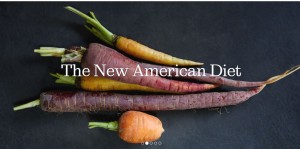Avoidance Planning.
Readers know I’m an advocate of Twitch Point Planning; a twitch being is a media move from one online device to another. Typically in search of clarification. Under closer inspection, I’m willing to expand the definition of a twitch to include a move from the real world to a device, e.g. “Who was the lead actress in Vampire Diaries, with the funny name?” Twitches can also happen on the same device, a la “How do you spell “hor d’oeuvres?”, a twitch while writing on a laptop to a Google search. Twitch Point Planning is a comms planning rigor that ask your to understand, map and manipulate a consumer closer to a sale by interrupting twitches with value brand related content.
This post is not about Twitch Point Planning. It’s about Avoidance Planning. A way to reach consumers when they’re avoiding typical media plays. For instance, I couldn’t read the sports section yesterday or today after the Mets loss. I watched the game and there wasn’t anything anyone could say about it to console me. I also stayed away from sports talk radio. And may for another day. My Mets mind has shut down.
A friend, Cory Treffiletti, started an avoidance planning group a number of years ago on Facebook called, “After Pearl Jam Tour Depression.” Cory gets it.
To properly take marketing advantage of avoidance behavior, you need to figure out a secondary or replacement behavior. Most likely this is an experiential marketing undertaking. What’s the opposite of a World Series celebration parade? How to you deal with a lost election? A poor health diagnosis? How does a marketer comfort consumers and show empathy? The answer: avoidance planning.
Tink about it, as my Norwegian aunt would have said. Peace.

